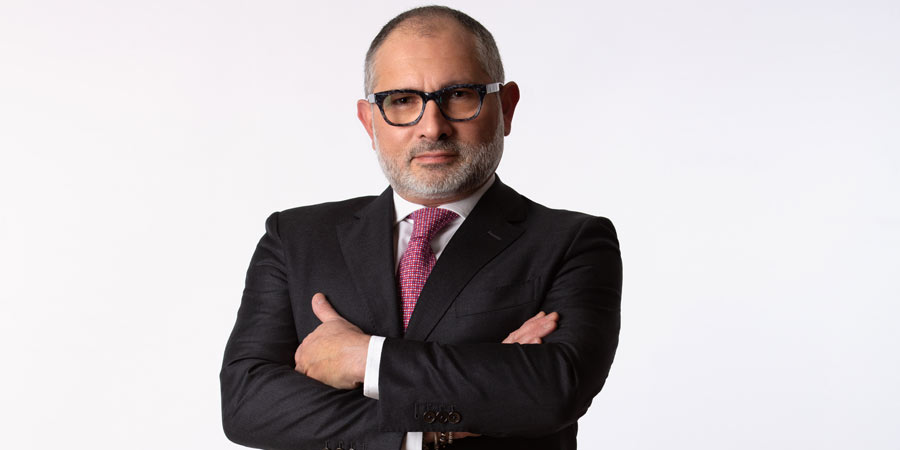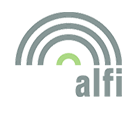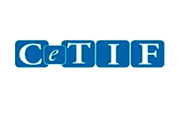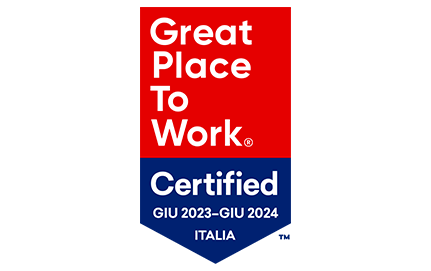Spotlight on Asset Management with Max Renzulli, Partner Parva

Max, you came to Parva after a long experience in Securities Services and Wealth Management: what were the most important projects you were involved in?
I would say that the most important projects are always those where the changes are “multiple,” and both from a technological point of view and also from an operational one, with respect to processes re-engineering. The conversion to the Euro, the implementation of Custody and Clearing platforms, with or without external software, and again, the creation of new client services and platform replacement, with related customizations, in the Wealth Management and Securities Services space), migrations of entire businesses or branches, were among the biggest challenges I had to face in my professional career.
How did you meet the Parva Team? What was the need that brought you together?
After many years of dealing with Change Management processes from inside the “factory,” as an employee, I felt the need, to play the same role but from the “outside”, with logic and approaches that I thought were different in nature. When I met Parva, where I knew a Partner as a colleague at the beginning of my professional experience, I have been asked to manage an important Migration project, , in the Funds and Wealth Management area. . This opportunity allowed us to mutually confirm a strong synergy between my skillset, and Parva’s approach to Change Management and teamwork.
Working with the client to reach tangible and measurable concrete goals, engaging directly with the client, with a strong focus on people in terms of environment and professional growth, is the common ground that convinced me to progress and develop with Parva a professional relationship. When personal needs meets the objectives of a company, a strong synergy can be the outcome.
What do you think are the most recurring challenges of Asset Management for a Private Bank?
I think the market situation is very varied and each organisation has a different strategic challenge. The revamp of Wealth Management services with obvious strategic challenges to create new services and products and to manage increases in volumes, more complex services, and strong developments in distribution processes , articulated and not always automated and harmonised.
Some players, for example, need to renew their Front and Back-office platforms to support the changes and market needs. Others need a review/re-engineer the operational processes to achieve a better Income Ratio. Others are looking for better solutions in terms of technology platforms/services since they are not satisfied with the current level of service, or they need to be guided through the possibility of outsourcing some operational services, or even “insourcing” functions to rebuild certain internal expertise and knowledge lost with an outsourced model.. In all these scenarios, depending on the experience gained in different structures and contexts, on local and international projects, Parva can help the Client to identify the problem, to find/evaluate alternative solutions but also to implement real efficiency changes.
Can we talk about a new model and new trends compared to the past?
In addition to the development of products (see ESG, Private Equity, etc.) in Wealth Management I would say that a critical point is the concentration of “players” in the market, driven by corporate or group mergers, but also of “service providers”. Given the complexity of the service required, both technologically and operationally, such providers increasingly require greater investment on all fronts, with obvious concentration effects also driven by corporate integrations. All this end up in a series of migrations or rationalisation processes that are in most cases very complex. Specifically in Italy, , due to the structure of the Italian banking distribution market, there is still a low level of process automation and harmonisation (the existence of IT and organisational solutions that are layered over time and deeply interconnected with other areas, makes it almost impossible to surgically intervene on a defined area without impacting the entire structure).
Speaking of Migration, what critical aspect really makes a difference?
In a migration I consider important the initial definition of the scope/perimeter accompanied by a detailed “to do list” that must be shared and supported/digested by the client that is sponsoring the project. A clear perimeter helps not to lose sight of elements that may seem to be irrelevant at first glance but that can prove to be crucial afterward. A continuous review process, constant monitoring of the various tasks (via PMOs), and strong collaboration of all the client’s key members are the basic requirements for a successful migration: sharing a common goal makes the difference.













